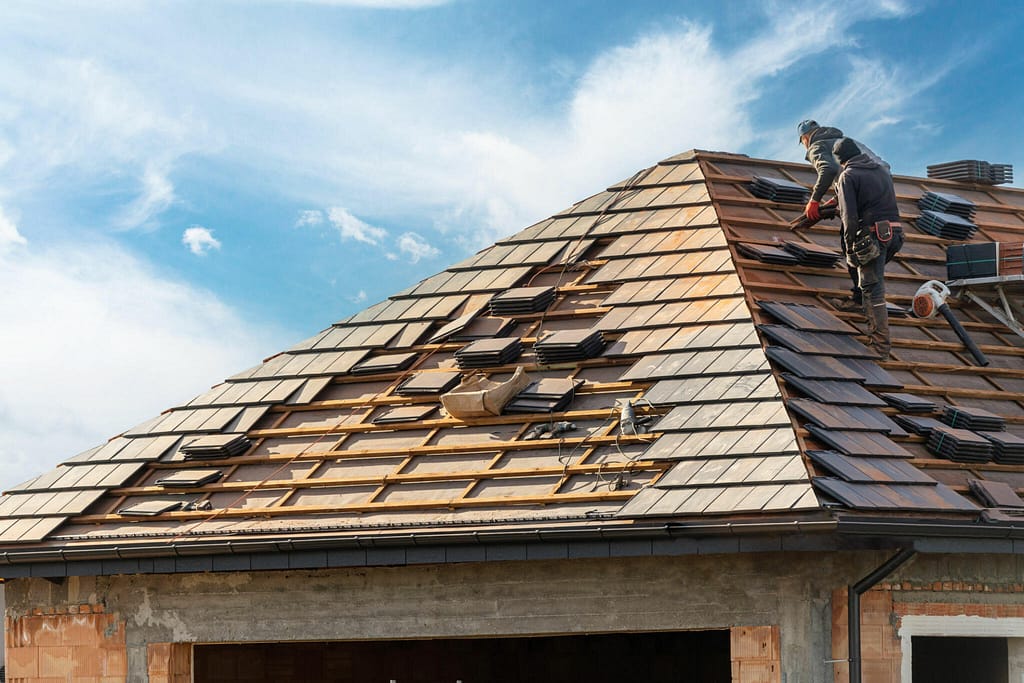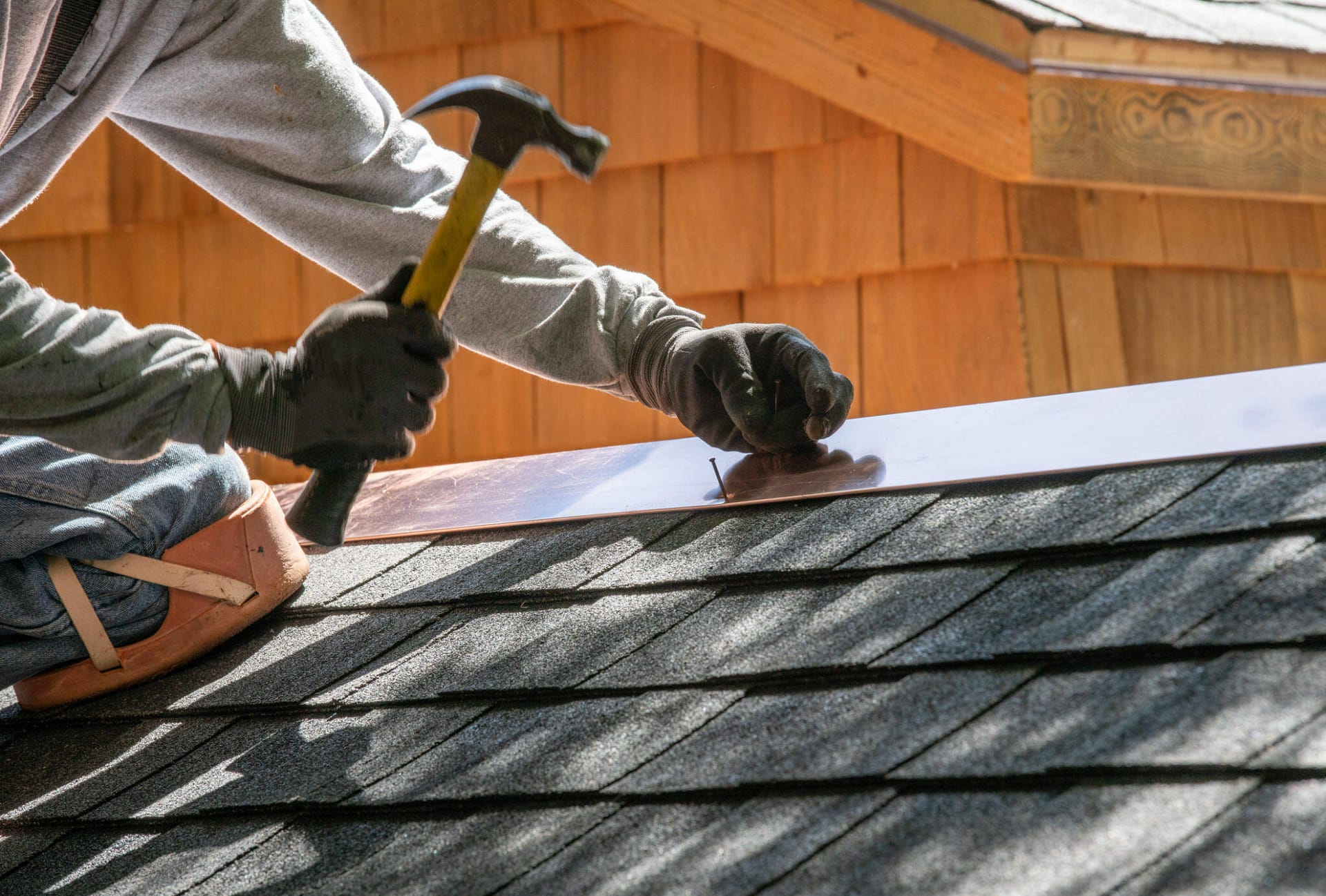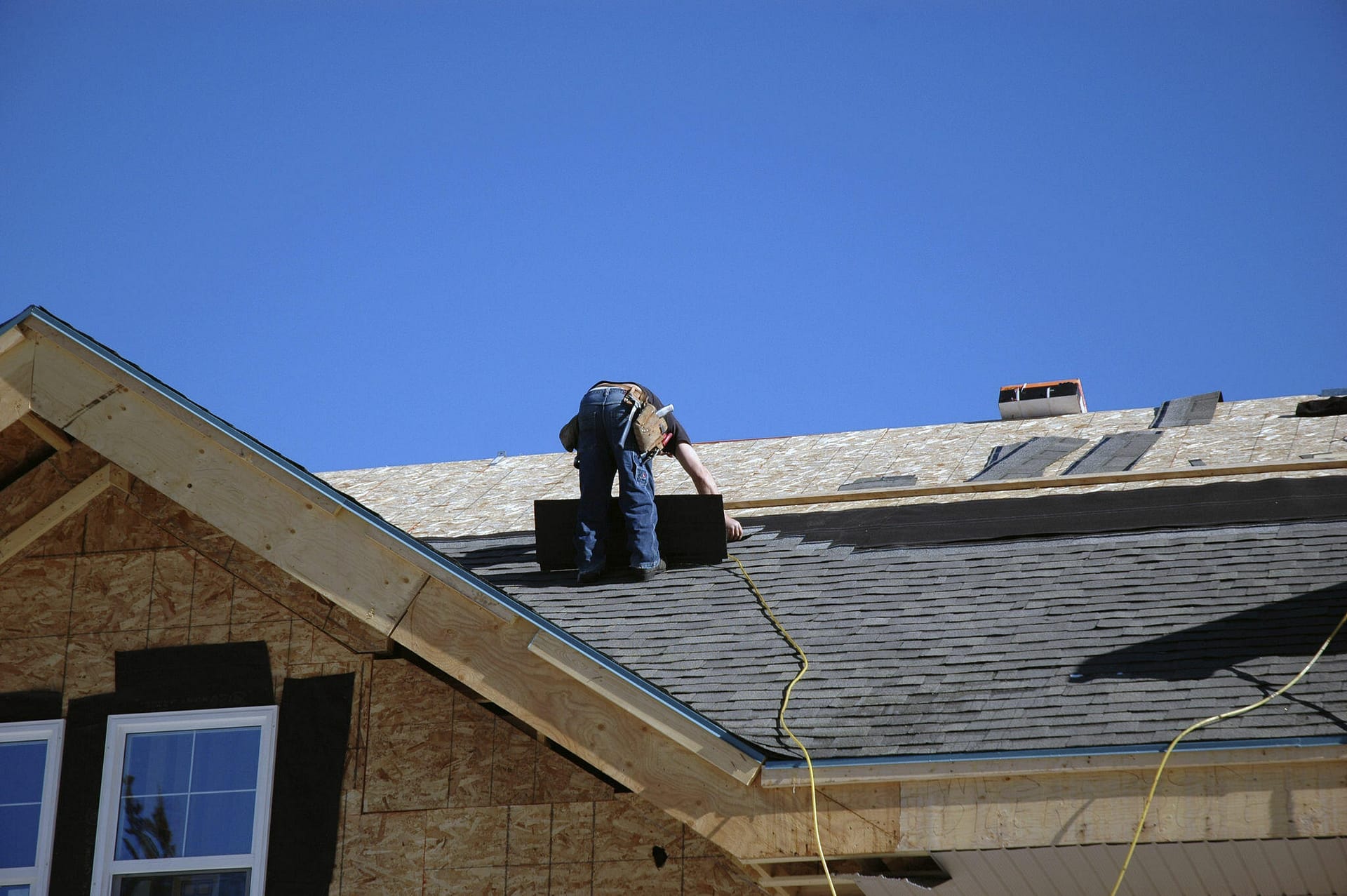Fail to prepare and prepare for your roof to fail
A complete internal and external inspection of the roof structure and the roof covering is recommended to determine condition, potential causes of failure or source of leaks, and it will help in developing a program for the preservation and repair of the roof.
Given the relatively high initial cost of installing a new roof, it pays to inspect its overall condition annually and after sever storms. For safety reasons, it is recommended that building owners and maintenance personnel carry out roof surveys from the ground using binoculars or from a cherry picker. Cracked, broken, misaligned, and missing tile or shingles should be noted, along with failed flashings (pin holes, open seams, loose and misaligned elements, etc.) and broken or clogged gutters and downspouts. A roof plan or sketch and a camera can aid in recording problems and discussing them with professional contractors.
In the attic, wood rafters and sheathing should be checked for water stains and rot. Critical areas are typically near roof penetrations and at the intersection of roof planes, such as at valleys and hips. Regular maintenance should include cleaning gutters at least twice each year, and replacing damaged tile or shingles promptly. Every five to seven years inspections should be conducted by professionals experienced in working with roofs of your type. Good record keeping, in the form of a log book and the systematic filing of all bills and a roof diagram showing the location and extent of repairs, can help in piecing together a roof’s repair history and is an important part of a an ongoing preventative and corrective roof maintenance program.
As part of regular maintenance, an attempt should be made to keep foot traffic off the roof. If maintenance personnel, chimney sweeps, painters, TV dish or cable installers or others must walk on the roof, it is recommended that ladders be hooked over the ridge and that the workmen walk on the ladders to better distribute their weight. If slates or tiles are to be walked on, it is best to wear soft soled shoes and to step on the lower-middle of the exposed portion of the slate or tile unit.





